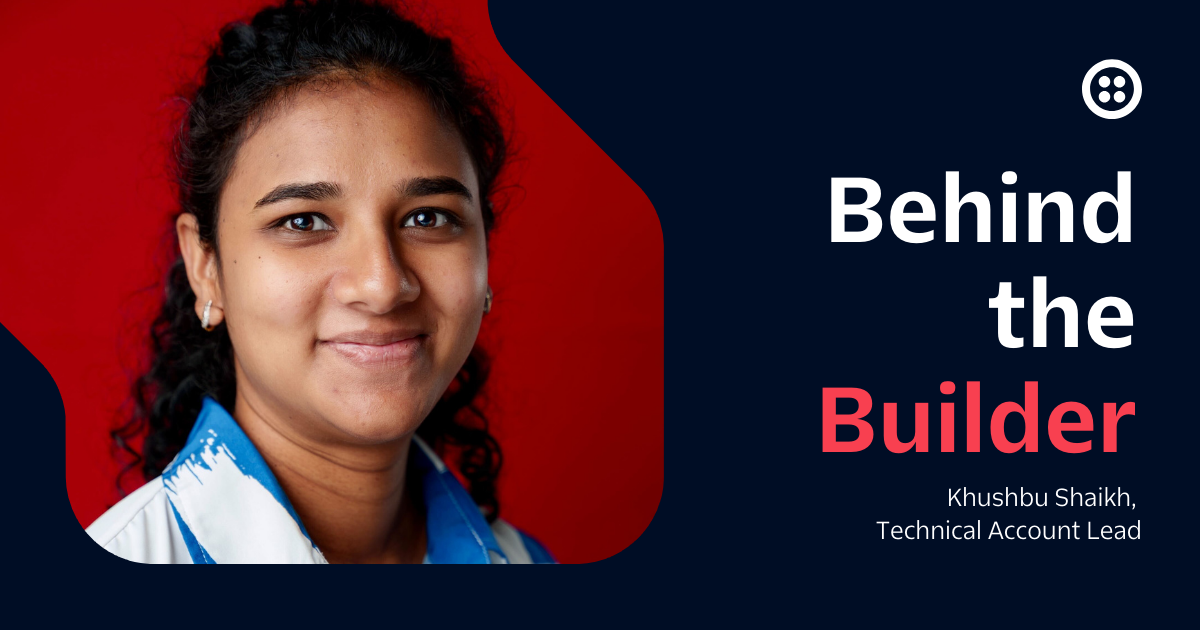Announcing Programmable Video Group Rooms: More Participants, Video Recording, and Pricing for Scale
Time to read: 3 minutes

We’re excited to announce that Programmable Video Group Rooms are now available in Public Beta, enabling video and audio recording and increasing the number of users that can participate in a Room to 50.
Get started with Group Rooms and Recording
Setting up your first recorded Group Room is simple:
- Download and setup one of our Android, iOS (Swift, ObjC), or JavaScript quickstart apps from GitHub if you don’t have a Programmable Video app already.
- Login to the Default Room Settings page in the Console, enable Recording, and set a webhook URL for your server to receive Room and recording notifications.
- Connect to a Room–you’ll receive webhook notifications that Recording has activated and completed as you connect and disconnect from the Room.
So how does it work?
The Programmable Video Rooms API makes it simple to embed real-time, multi-party voice and video into any application. With today’s update, you can now create two types of Rooms: Group or Peer-to-Peer.

When you use a Group Room, the media Tracks shared by your Participants route through Twilio’s cloud. This is important for a couple reasons.
First, Twilio’s cloud media servers act as a central hub for distributing audio and video tracks among Participants enabling a larger number of Participants to connect to a single Room.
Each Participant encodes its audio and video tracks once, publishing those tracks to the Room over a single connection to Twilio’s cloud. Twilio’s cloud does the heavy lifting to distribute the tracks to other Participants.
Second, by routing media through Twilio’s cloud, we can add media processing features, such as Recording, to the Room.
Flexible recordings
We wanted Group Room Recording to be as flexible as possible to support the widest variety of post-processing workflows. In a complex video application, it’s common to feed recorded video to other services for image analysis / computer vision, audio analysis, and much more.
That’s why each audio and video track is recorded as a separate file, so you can compose, convert, or analyze these files in any way you like.
Today, audio and video recordings are captured in Matroska format, a flexible media container format that can support both VP8 and H.264 video codecs, Opus and PCMU audio codecs, and many others. Matroska files can also be easily converted to popular formats such as MPEG-4, WEBM, and others.
Read more about the Recordings REST API to learn how to use the new features.
Compositions
If you want Audio and Video in a single file- check out the Compositions API.
On-demand pricing makes getting started easy
With that in mind, our On-Demand rates for Group Rooms and Recording:
- Small Group Rooms (up to four participants) start at $0.004 per minute per Participant and Group Rooms start at $0.01 per minute per Participant.
- Recording has identical price points, at an additional $0.01 per minute per Participant.
- You can store Recordings in Twilio's cloud at the cost of $0.05 per stored gigabyte per month, and $0.10 per gigabyte downloaded.
Learn more about the new, simplified Video Pricing.
Read the FAQ to learn how to calculate rates for your application.
Want discounts? Have questions? Contact sales.
New Peer-to-Peer pricing available
With the above updates to Group Rooms, we're also rolling out a similar pricing model for Peer-to-Peer Rooms: $0.0015 per Participant per minute with TURN bandwidth included.
What’s next for Programmable Video
Group Rooms and Recording is just the next step in making Programmable Video the best platform for WebRTC development–we’ve got lots more in store!
We can’t wait to see what you build!
Related Posts
Related Resources
Twilio Docs
From APIs to SDKs to sample apps
API reference documentation, SDKs, helper libraries, quickstarts, and tutorials for your language and platform.
Resource Center
The latest ebooks, industry reports, and webinars
Learn from customer engagement experts to improve your own communication.
Ahoy
Twilio's developer community hub
Best practices, code samples, and inspiration to build communications and digital engagement experiences.

